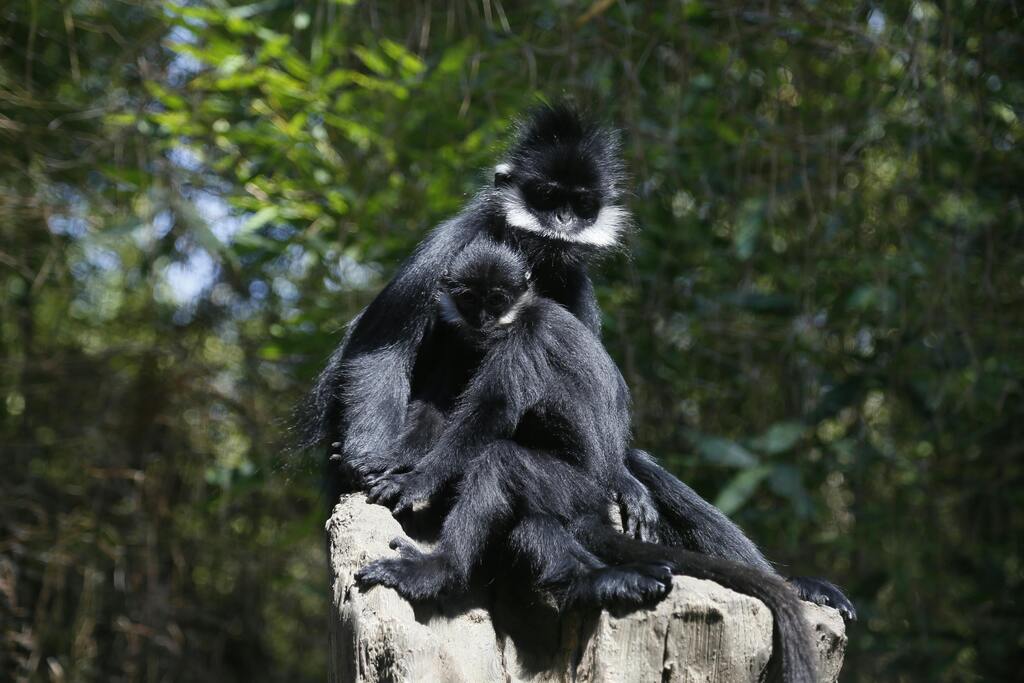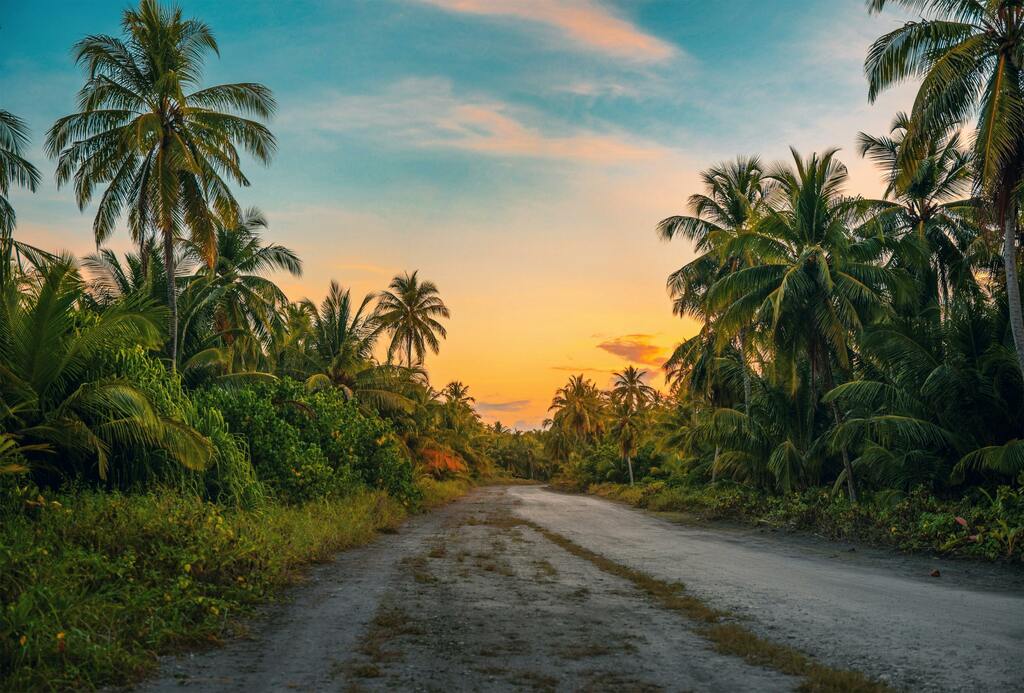Community-Run Wildlife Sanctuaries in Ghana

Black-and-White Colobus
Protecting Nature Through Tradition and Local Stewardship
Ghana is known for its rich biodiversity and unique approach to conservation that often blends traditional beliefs with modern ecological practices. Among the most remarkable examples of this synergy are the community-run wildlife sanctuaries, where local communities take the lead in protecting both wildlife and habitat. Two of the most prominent of these are the Buabeng-Fiema Monkey Sanctuary and the Tafi Atome Monkey Sanctuary. These sanctuaries not only conserve wildlife but also uphold deep cultural and spiritual values, while promoting eco-tourism and sustainable development.
Buabeng-Fiema Monkey Sanctuary
Located in the Bono East Region of Ghana, the Buabeng-Fiema Monkey Sanctuary is a community-managed forest reserve that reflects a unique blend of wildlife conservation and traditional reverence for nature. The sanctuary spans across the twin communities of Buabeng and Fiema, and is home to two main species of monkeys: the Black-and-White Colobus and the Mona monkeys.
What makes this sanctuary stand out is the deep spiritual connection the local people have with the monkeys. These animals are considered sacred, and killing or harming them is strictly forbidden. This traditional belief has effectively safeguarded the primates for generations, creating a safe haven within the forest where they roam freely and interact comfortably with humans.
The sanctuary is not just a wildlife refuge; it is also a living example of how indigenous knowledge and customs can contribute meaningfully to conservation. Visitors to Buabeng-Fiema can walk through the serene forest trails, observe monkeys in their natural habitat, and learn about the cultural beliefs that protect them. The sanctuary also contributes to local livelihoods through eco-tourism and guides provided by the community.
Tafi Atome Monkey Sanctuary
The Tafi Atome Monkey Sanctuary is located in the Volta Region, near the town of Hohoe. It is centered around a sacred grove that is home to a thriving population of Mona monkeys, which are also considered sacred by the local people. Like Buabeng-Fiema, this sanctuary is deeply rooted in traditional beliefs that forbid harm to the monkeys, viewing them as messengers of the gods or ancestors.
In the 1990s, the community formalized their protection of the monkeys by establishing the sanctuary as an eco-tourism site. This effort has helped to preserve both the wildlife and the sacred forest while providing economic benefits through tourism. Visitors can take guided tours through the forest, watch the playful monkeys up close, and engage in cultural performances that showcase the traditions of the Tafi Atome people.
The sanctuary serves as a powerful example of how conservation can be community-led, culturally relevant, and economically beneficial. The involvement of the local people in every aspect of the sanctuary’s management ensures that both the environment and community needs are respected and sustained.
More than Tourist Attractions
Community-run wildlife sanctuaries like Buabeng-Fiema and Tafi Atome demonstrate that successful conservation does not always require large-scale infrastructure or international intervention. Sometimes, the strongest protection comes from traditional beliefs, community cooperation, and respect for the natural world. These sanctuaries are more than tourist attractions—they are models of sustainable conservation that honor both ecological integrity and cultural heritage.

Tropical forest road, at sunset.